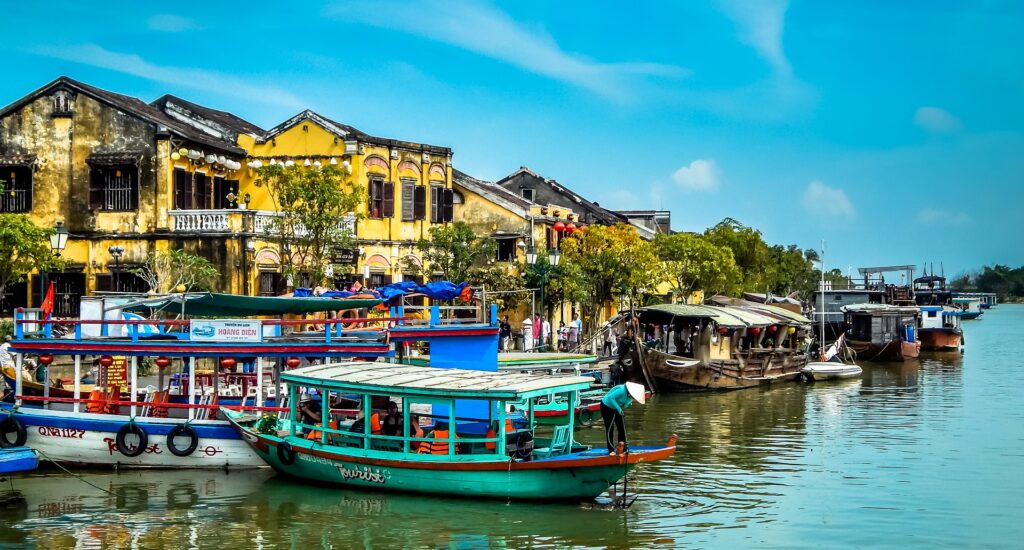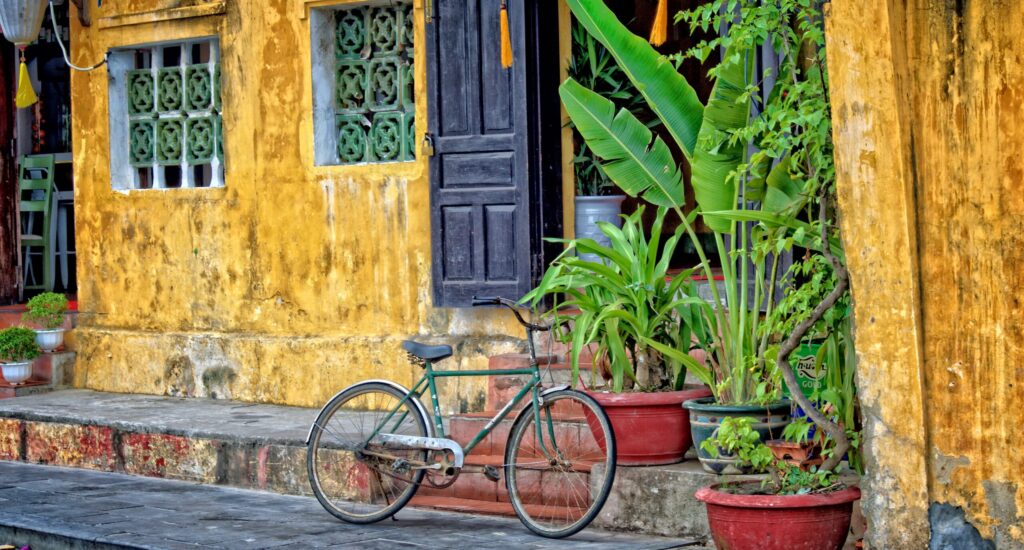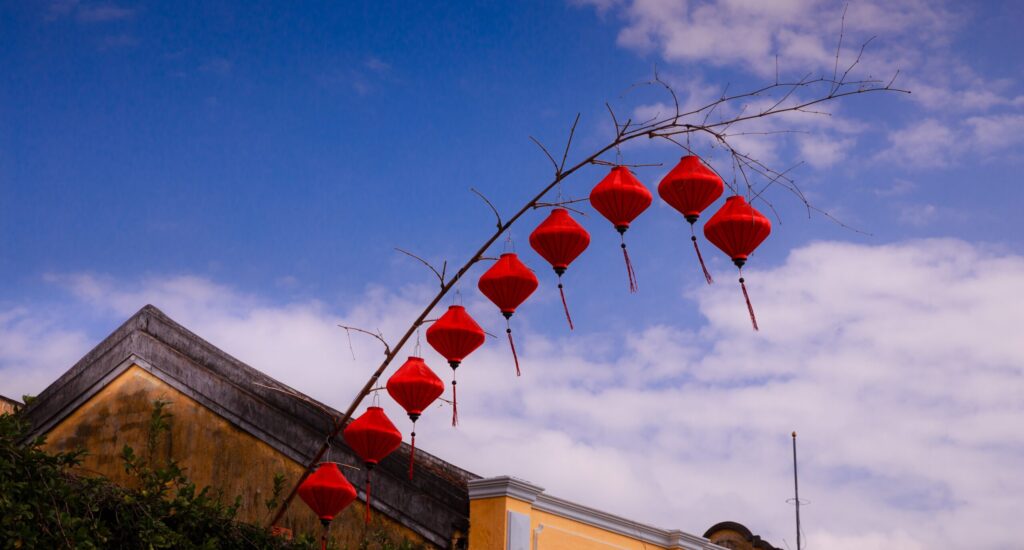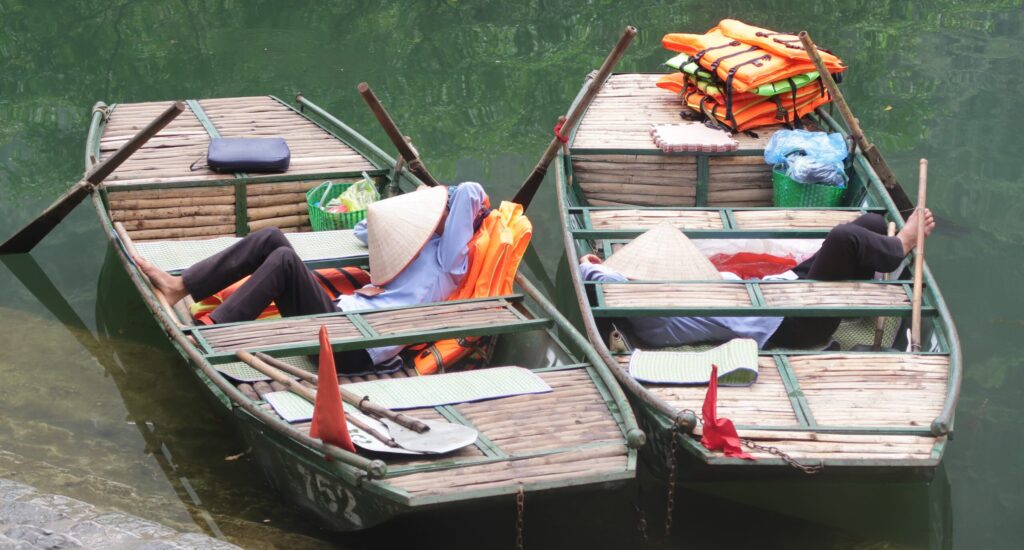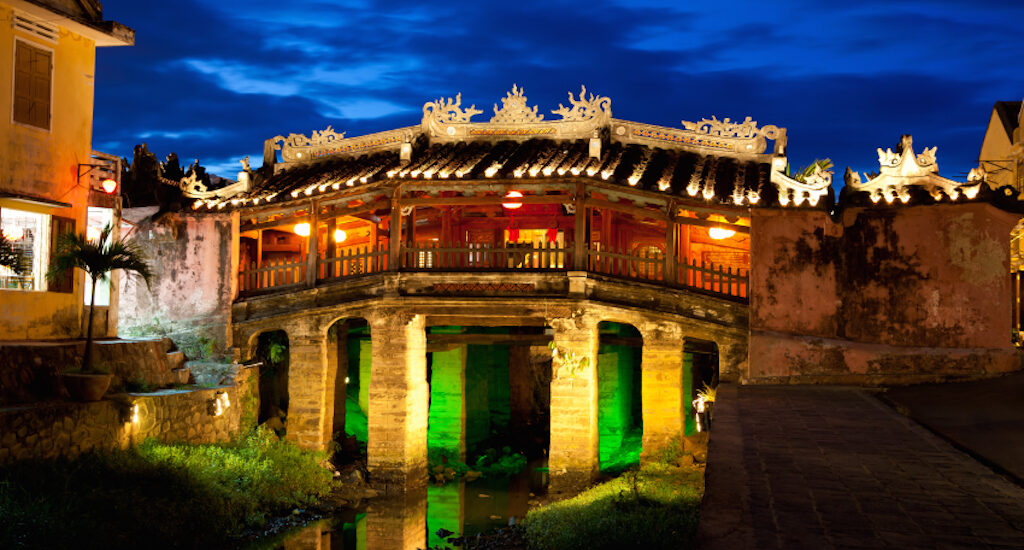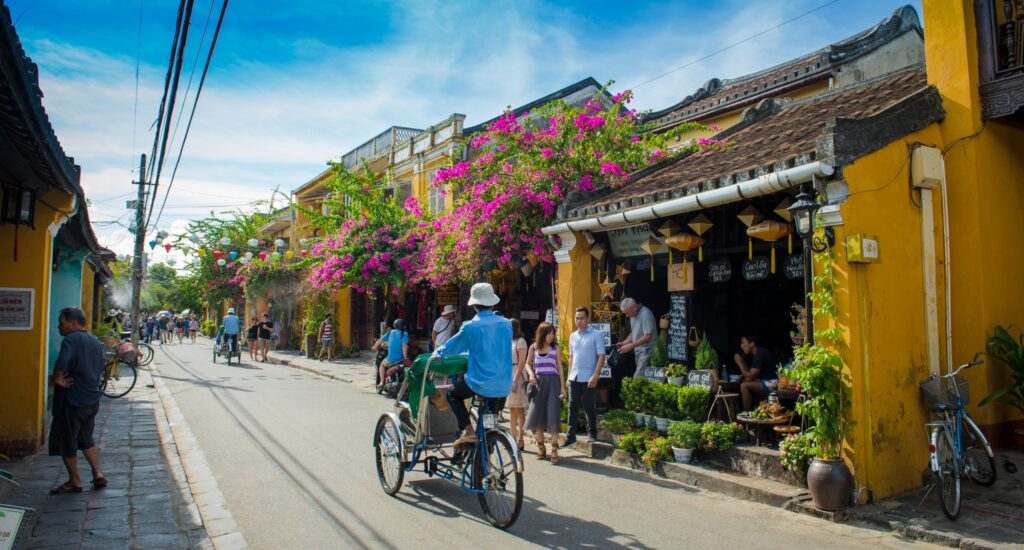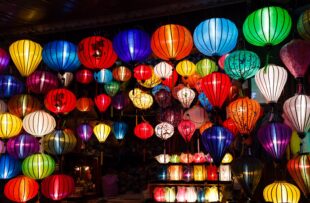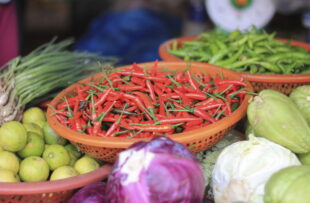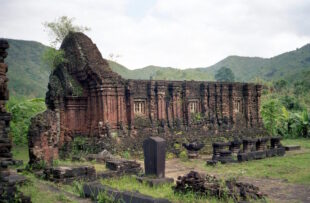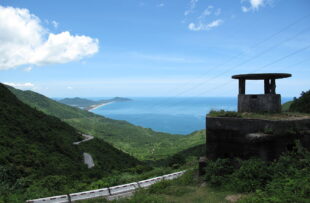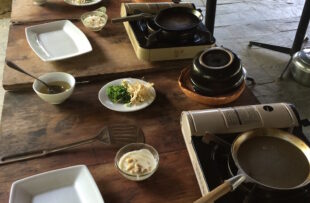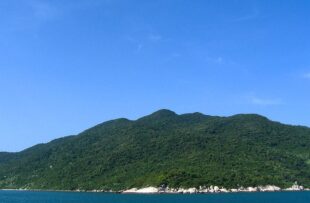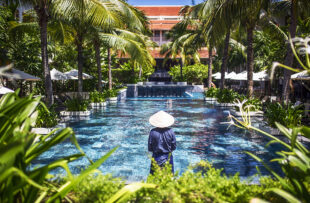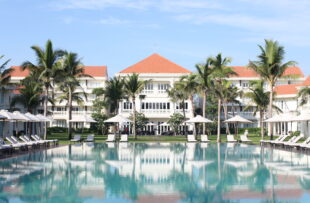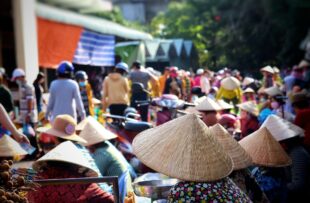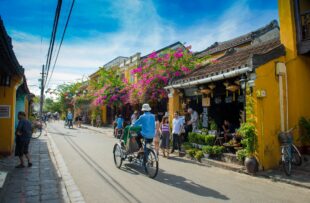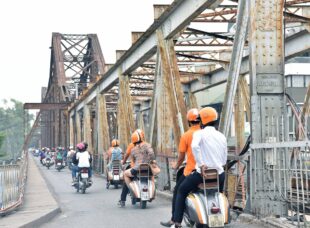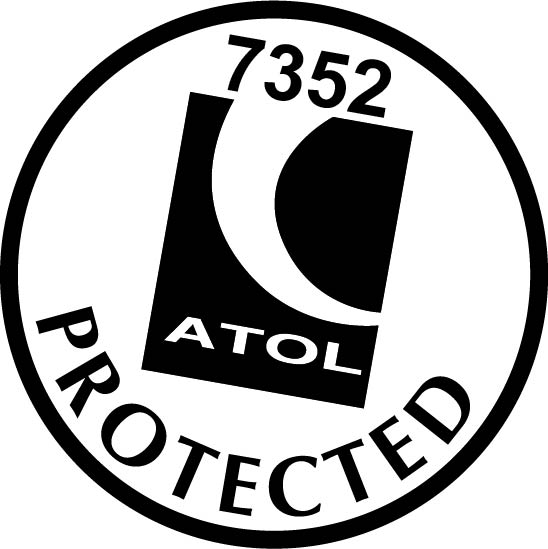For many, Hoi An is the jewel in Vietnam’s crown. It is a heady mix of cobbled streets, small tailor shops, trinket vendors, riverside cafes, galleries, traditional merchant houses and incense-infused temples. Hoi An was one of Southeast Asia’s major trading centres during the 16th century and the town’s development was affected by a multitude of outside influences, the most significant of which being the Chinese merchants who settled here. To this day, Hoi An has a distinctly Chinese feel to it. However, it was the Japanese who built the curious bridge (Chùa cầu), which is the only known covered bridge with a Buddhist pagoda attached to one side.
In the late nineteenth century Hoi An’s Thu Bon River silted up making it impassable for commercial shipping. The port moved to Tourane – now the city of Danang – and Hoi An languished. Its retreat into small town anonymity meant that its old buildings survived the joint ravages of war and development, when so many other towns in Vietnam were destroyed. In 1999, the old town was declared a World Heritage Site by UNESCO and today the ancient centre is pedestrianised, making it the most convivial place to spend several days soaking up a traditional Vietnamese vibe.
This is a town in which to take time out and enjoy ‘slow time’ – eat, walk, cycle, shop and simply explore. To add to the ambiance, as darkness falls all electricity is switched off and the town begins to glow, illuminated by hundreds of beautiful traditional silk lanterns. You can choose to stay either in the old town itself or just outside on the beach at Cua Dai, which is as good as any in Central Vietnam.


